-
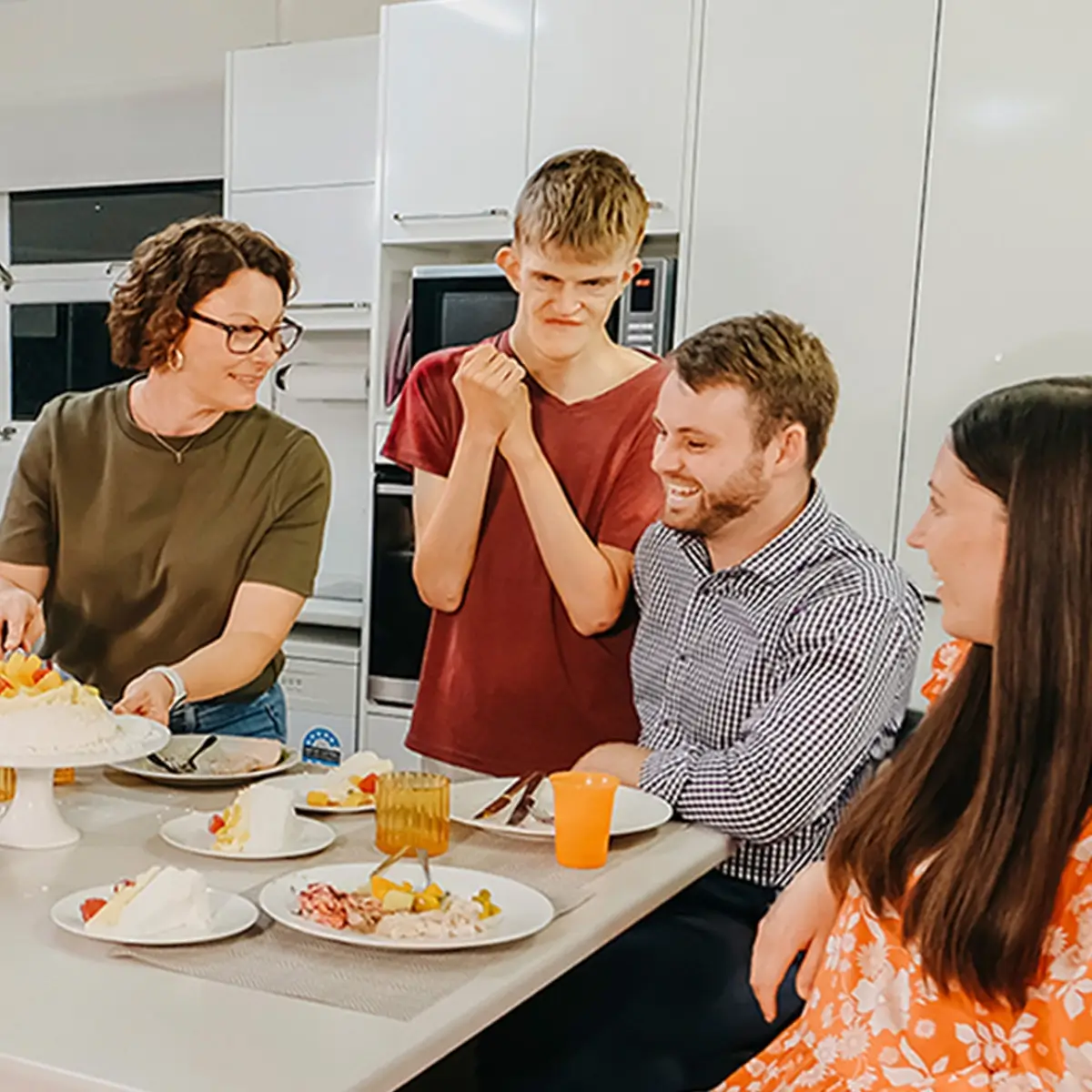
From worry to confidence - how to really get started with independent living
-

Individualised living: Beyond SDA, ILO and SIL
-
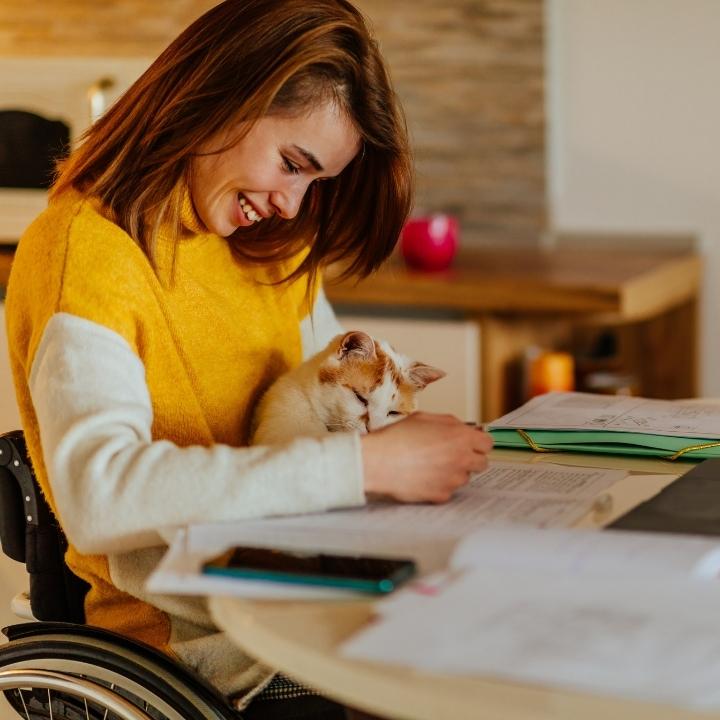
Independent living: Are you ready to start your journey?
-

How to describe your Home and Living support needs
-

Planning your move to independent living
-
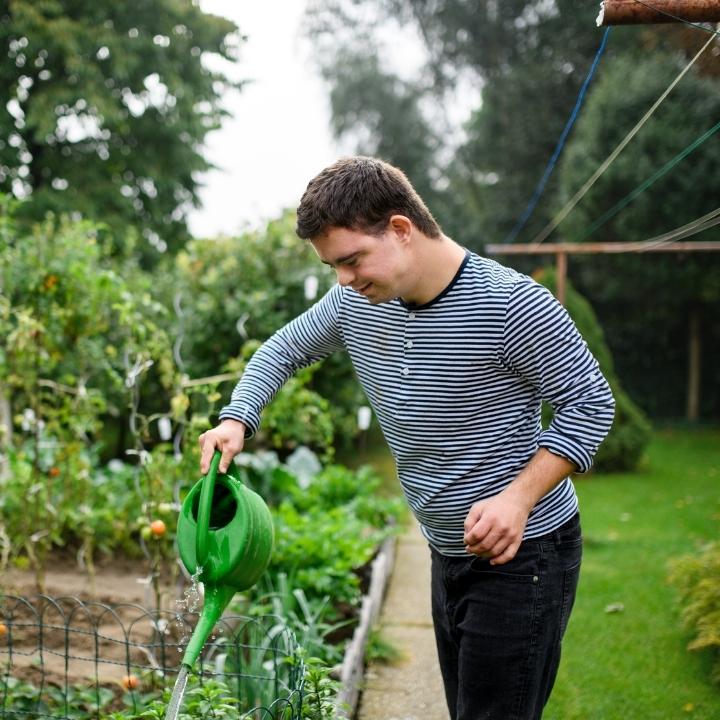
Creating your version of home
-
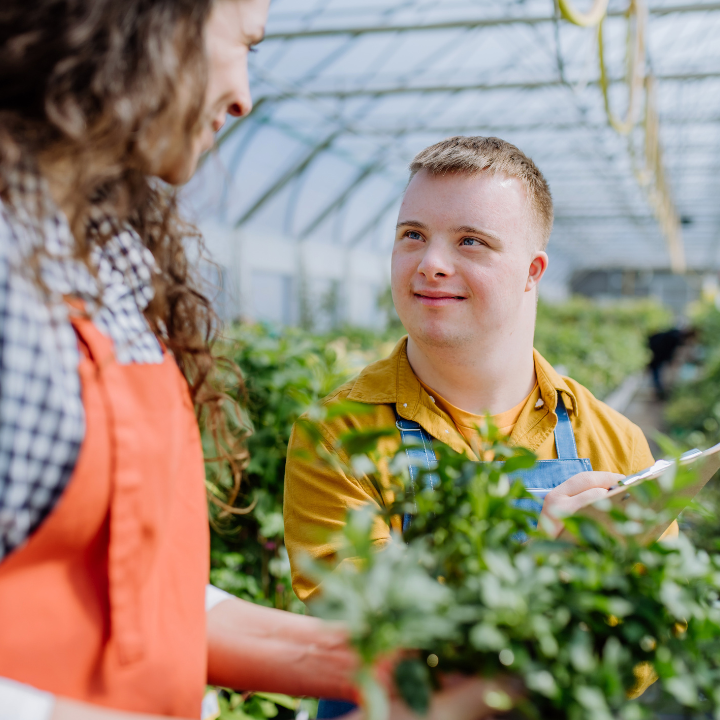
Safeguards and Individualised Living Options (ILO)
-

From foster care and group home to living independently: Uli’s story
-
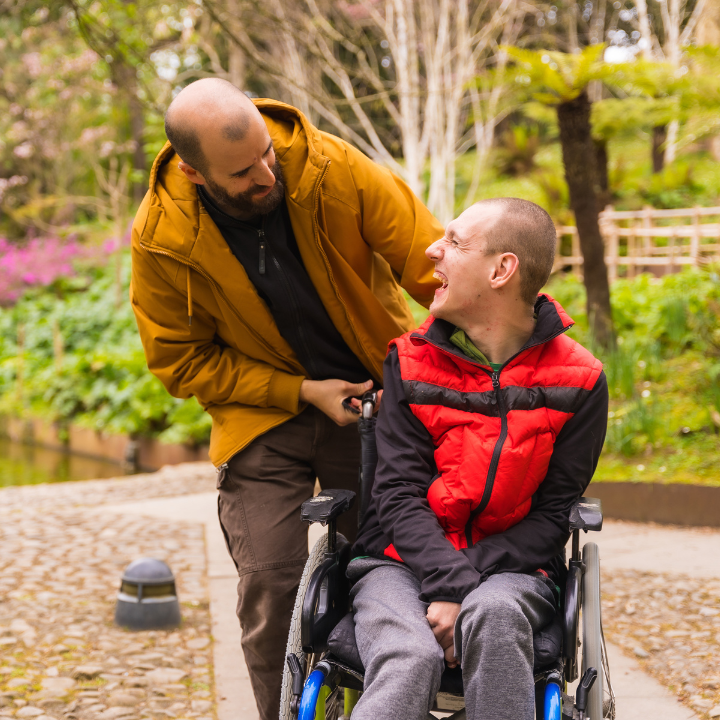
How a clinical role can contribute to individualised living